Home>Furniture>Bedroom Furniture>How To Strengthen A Bed Frame
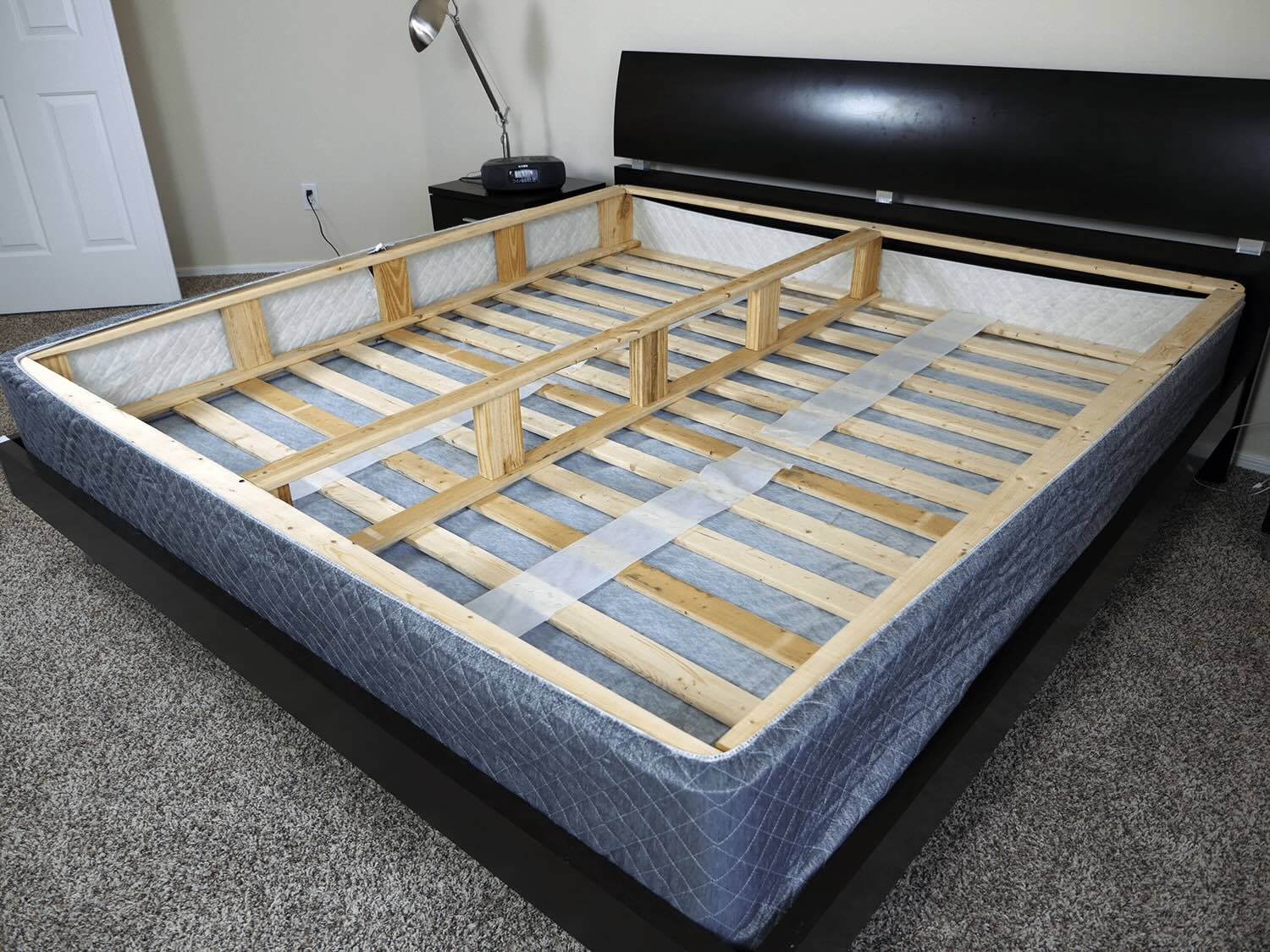

Bedroom Furniture
How To Strengthen A Bed Frame
Modified: February 28, 2024
Strengthen your bed frame with these helpful tips. Enhance the durability and stability of your bedroom furniture with our easy-to-follow techniques.
(Many of the links in this article redirect to a specific reviewed product. Your purchase of these products through affiliate links helps to generate commission for Storables.com, at no extra cost. Learn more)
Introduction
A bed frame is an essential piece of furniture in any bedroom. It provides support to your mattress and ensures a comfortable and restful sleep. However, over time, bed frames can weaken or develop issues that compromise their stability. This can lead to squeaking noises, sagging mattresses, and even potential safety hazards.
If you’re experiencing any of these problems with your bed frame, don’t worry. There are several steps you can take to strengthen it and restore its stability. In this article, we will guide you through the process of assessing your bed frame, identifying weak areas, and implementing the necessary reinforcements.
By following these steps, you can ensure that your bed frame remains sturdy and durable for years to come. So, let’s get started with step one: assessing the bed frame.
Key Takeaways:
- Strengthening a bed frame involves assessing weak areas, reinforcing corners, adding support beams, and tightening loose components. Regular maintenance ensures a stable and comfortable sleeping environment.
- By identifying and addressing weak areas, reinforcing corners, and adding extra support, you can extend the lifespan of your bed frame and enjoy a restful night’s sleep. Regular maintenance is key to ensuring stability and comfort.
Read more: What Is A Bed Frame
Step 1: Assess the bed frame
The first step in strengthening your bed frame is to assess its current condition. This will help you identify any weak areas or damage that needs attention. Here are a few things to consider during the assessment:
- Check for visible signs of wear and tear: Inspect the overall frame for any cracks, splits, or damage to the wood or metal. Look for signs of rust, corrosion, or bending in metal frames.
- Examine the joints: Pay close attention to the corners and joints of the bed frame. These areas are prone to weakening over time. Look for any signs of loosened or separated joints.
- Test the stability: Give the bed frame a gentle shake to test its stability. If it wobbles or makes squeaking noises, it may indicate weak areas that need reinforcement.
- Check the slats or support system: If your bed frame has slats, make sure they are intact and properly spaced. Ensure that the support system is evenly distributing the weight of the mattress.
By carefully assessing your bed frame, you will have a better understanding of its current condition and which areas require strengthening. Once you’ve identified the weak spots, you can move on to step two: identifying weak areas.
Step 2: Identify weak areas
After assessing your bed frame, it’s time to identify the specific weak areas that need attention. These weak areas can vary depending on the type of bed frame you have, but here are some common problem areas to look out for:
- Corners: The corners of the bed frame are often prone to weakening due to the constant stress and movement. Look for any signs of cracks, splits, or loose joints in the corner connections.
- Slat supports: If your bed frame has slats, check for any broken or sagging slats. These can cause the mattress to sag and affect the overall stability of the bed.
- Center support: Some bed frames have a center support beam that runs horizontally in the middle. Ensure that this beam is sturdy and properly aligned, as it plays a crucial role in distributing the weight of the mattress.
- Hardware: Examine the screws, bolts, and other hardware securing the various components of the bed frame. Loose or missing hardware can lead to instability and should be tightened or replaced.
By identifying these weak areas, you can focus your efforts on reinforcing and strengthening them. This will ensure that your bed frame regains its stability and provides optimal support for a good night’s sleep.
Now that you know which areas to address, let’s move on to step three: reinforcing the corners of the bed frame.
Step 3: Reinforce the corners
Strengthening the corners of your bed frame is essential for enhancing its overall stability. Here are a few methods to reinforce the corners:
- Brackets or corner braces: Install metal brackets or corner braces at the corners of the bed frame. These reinforcements provide extra support and help prevent the corners from separating or weakening.
- Wood glue and screws: Apply wood glue to the joints and secure them with screws. This combination creates a strong bond that reinforces the corners and prevents them from loosening over time.
- Replace damaged parts: If you notice any cracked or split pieces in the corners, replace them with new ones. This ensures that the corners are sturdy and capable of withstanding the weight and movement of the bed.
When reinforcing the corners, it’s important to make sure that the components are properly aligned and tightly secured. This will maximize the stability and durability of the bed frame.
Now that you’ve reinforced the corners, it’s time to move on to step four: adding extra support beams to the bed frame.
Step 4: Add extra support beams
Adding extra support beams to your bed frame can significantly enhance its overall strength and stability. Here’s how you can do it:
- Measure and cut: Start by measuring the length and width of your bed frame. Then, cut pieces of sturdy lumber or metal beams to match these dimensions. These extra support beams will be placed across the width of the bed frame.
- Position the support beams: Lay the support beams horizontally across the bed frame, evenly spaced from each other. Make sure they are placed in areas that align with the slats or support system of the bed frame.
- Secure the support beams: Use screws, bolts, or brackets to securely fasten the support beams to the bed frame. This will ensure that they stay in place and provide the necessary added support.
By adding extra support beams, you are effectively distributing the weight of the mattress and preventing sagging or bending of the bed frame over time. This can significantly improve the overall stability and longevity of your bed.
Once you’ve added the extra support beams, it’s time to move on to step five: tightening loose screws and bolts.
Consider adding extra support legs to the center of the bed frame to distribute weight more evenly and prevent sagging. This can help to strengthen the overall structure of the bed frame.
Read more: How To Hide Bed Frame
Step 5: Tighten loose screws and bolts
Loose screws and bolts can undermine the stability of your bed frame. Taking the time to tighten them is an important step in strengthening the frame. Here’s what you need to do:
- Inspect all screws and bolts: Carefully examine each screw and bolt in the bed frame, including those in the corners, joints, and support beams. Check for any that are visibly loose or have come undone.
- Use the appropriate tools: Grab a screwdriver or wrench, depending on the type of screws or bolts used in your bed frame. Make sure the tool matches the size and shape of the hardware components.
- Tighten all screws and bolts: Go through each component of the bed frame and tighten any loose screws or bolts. Apply adequate force, ensuring they are securely fastened. Be careful not to overtighten, as it may damage the wood or strip the screws.
By tightening loose screws and bolts, you are reinforcing the integrity of the bed frame’s structure. This prevents unnecessary movement, noise, and potential damage to the frame.
Now that you’ve secured all loose components, it’s time to move on to step six: repairing or replacing broken parts.
Step 6: Repair or replace broken parts
If you come across any broken or damaged parts during the assessment of your bed frame, it’s important to address them promptly. Repairing or replacing these parts will ensure the overall stability and functionality of the frame. Here’s how you can do it:
- Assess the extent of the damage: Determine whether the broken parts can be repaired or if they need to be replaced entirely. Assess the severity of the damage and consider the cost-effectiveness of each option.
- Repairing broken parts: If the damage is minor, such as a small crack or split, you can attempt to repair it. Apply wood glue to the affected area and use clamps to secure the broken parts together. Allow sufficient time for the glue to dry before removing the clamps.
- Replacing broken parts: In cases where the damage is significant or irreparable, it’s best to replace the broken parts. Contact the manufacturer of your bed frame or visit a local furniture store to find suitable replacement components.
- Proper installation: Whether you’re repairing or replacing broken parts, ensure that you follow the manufacturer’s instructions or seek professional assistance if needed. Proper installation is crucial for maintaining the stability and safety of the bed frame.
By repairing or replacing broken parts, you are preventing further deterioration of the bed frame and ensuring its long-term durability. This step is vital for maintaining a sturdy and reliable foundation for your mattress.
Now that you’ve addressed any broken parts, let’s move on to step seven: using brackets or clamps for added stability.
Step 7: Use brackets or clamps for added stability
In some cases, you may want to provide additional stability to your bed frame by using brackets or clamps. These devices help secure different components of the frame and prevent unnecessary movement. Here’s how you can use brackets or clamps for added stability:
- Select the appropriate brackets or clamps: Visit a hardware store or home improvement center to find brackets or clamps suitable for your bed frame. Consider the size and materials of your bed frame when choosing these devices.
- Identify areas that require reinforcement: Assess your bed frame and determine which areas would benefit from extra support. This can include corners, joints, or areas where there is noticeable movement or weakness.
- Attach the brackets or clamps: Position the brackets or clamps in the identified areas and secure them using screws or bolts. Make sure they are tightly fastened to provide the desired stability.
- Test for stability: Give your bed frame a gentle shake to test the effectiveness of the added brackets or clamps. If you notice reduced movement and increased stability, you have successfully reinforced the frame.
Using brackets or clamps can be a simple and effective way to enhance the stability of your bed frame. They act as additional support and help prevent any potential shifting or loosening of the frame over time.
Now that you’ve added brackets or clamps for added stability, it’s time for the final step: testing and adjusting for comfort.
Step 8: Test and adjust for comfort
After reinforcing and strengthening your bed frame, it’s important to test it for comfort and make any necessary adjustments. Here’s how you can ensure that your bed is both stable and comfortable:
- Check for even weight distribution: Lie down on the bed and assess if your weight is evenly distributed. If you notice any sagging or unevenness, it may indicate that further adjustments are needed.
- Listen for squeaks or noises: Move around on the bed to identify any squeaks or noises. If you hear any, inspect the areas where the sounds are coming from and tighten any loose components accordingly.
- Assess mattress support: Pay attention to the support provided by the bed frame to your mattress. Ensure that the slats or support system are properly spaced and adequately support the mattress without sagging.
- Make necessary adjustments: If you encounter any discomfort or stability issues during the testing phase, make the necessary adjustments. This might involve tightening screws, adding additional support beams, or replacing any faulty components.
By testing and adjusting your bed frame for comfort, you can ensure a restful and supportive sleep experience. Remember that a well-maintained and stable bed frame contributes to the overall quality of your sleep.
Now that you’ve completed the steps to strengthen your bed frame, you can enjoy a sturdy and comfortable sleeping environment. Take the time to periodically inspect and maintain your bed frame to ensure its continued stability and longevity.
With these steps in mind, you are now equipped to reinforce your bed frame and create a solid foundation for a restful night’s sleep. Sleep tight!
Read more: How To Fix A Bed Frame
Conclusion
Strengthening your bed frame is essential for ensuring a stable and comfortable sleeping surface. By following the steps outlined in this article, you can successfully reinforce your bed frame and extend its lifespan. Here’s a quick recap of the steps:
- Assess the bed frame to identify weak areas.
- Identify weak areas, such as corners, slats, and hardware.
- Reinforce the corners using brackets or wood glue and screws.
- Add extra support beams to distribute the weight evenly.
- Tighten any loose screws and bolts to eliminate movement.
- Repair or replace broken parts to restore stability.
- Use brackets or clamps for additional reinforcement.
- Test and adjust the bed frame for optimal comfort.
Neglecting to strengthen a weakened bed frame can lead to a myriad of issues, from uncomfortable sleep to potential accidents. By taking the time to assess, reinforce, and maintain your bed frame, you can ensure a safe and rejuvenating sleep environment.
Remember to periodically check your bed frame for signs of wear and tear. Performing routine maintenance can help you catch any issues early on and prevent them from developing into major problems.
Investing time and effort in strengthening your bed frame will pay off in the long run, as you’ll be able to enjoy the benefits of a sturdy and supportive foundation for your mattress. With a well-maintained bed frame, you can experience better sleep quality and wake up feeling refreshed and revitalized each day.
So, don’t wait any longer. Take action today to reinforce your bed frame and create a comfortable sleep haven that you truly deserve!
Frequently Asked Questions about How To Strengthen A Bed Frame
Was this page helpful?
At Storables.com, we guarantee accurate and reliable information. Our content, validated by Expert Board Contributors, is crafted following stringent Editorial Policies. We're committed to providing you with well-researched, expert-backed insights for all your informational needs.
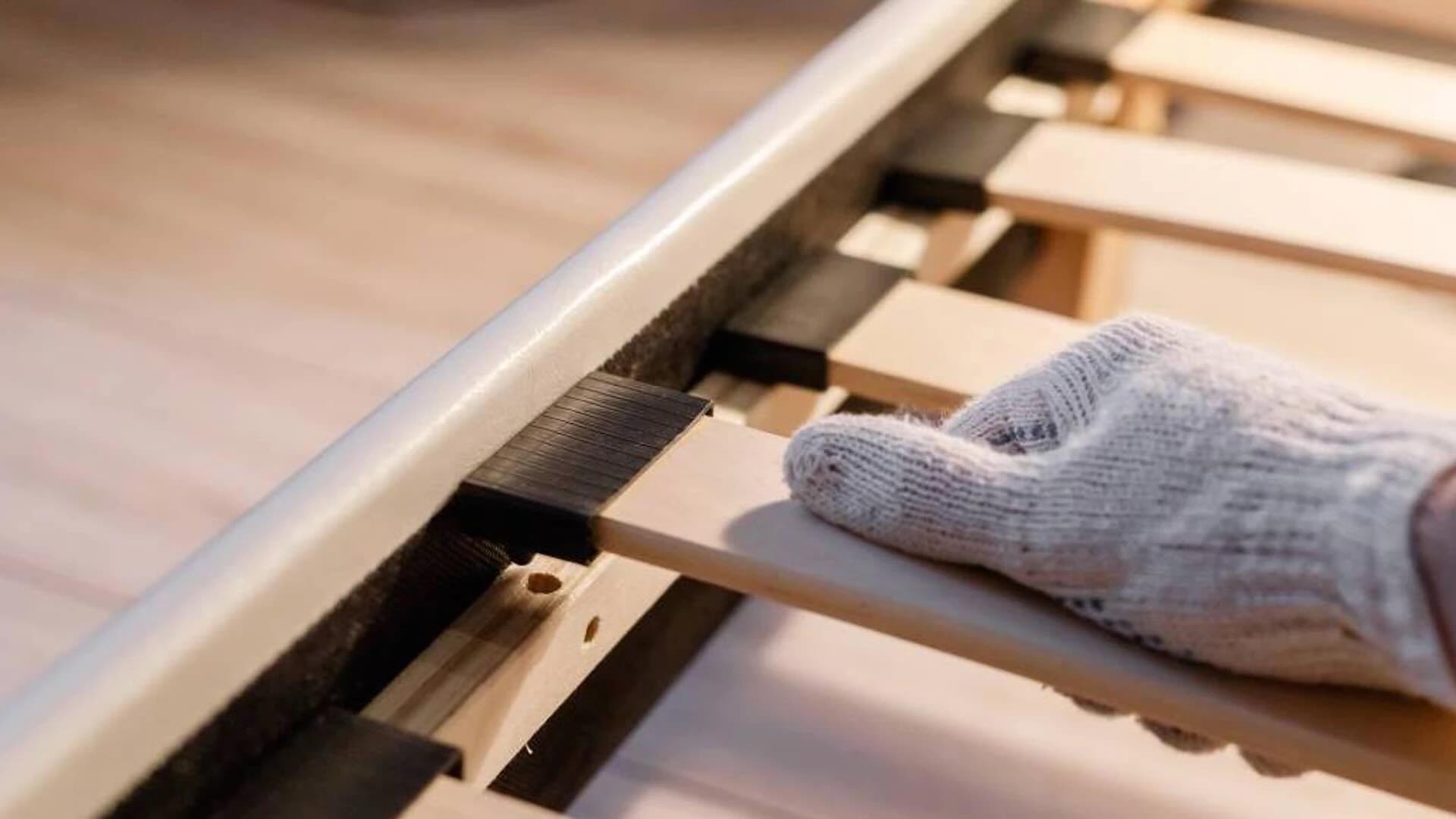
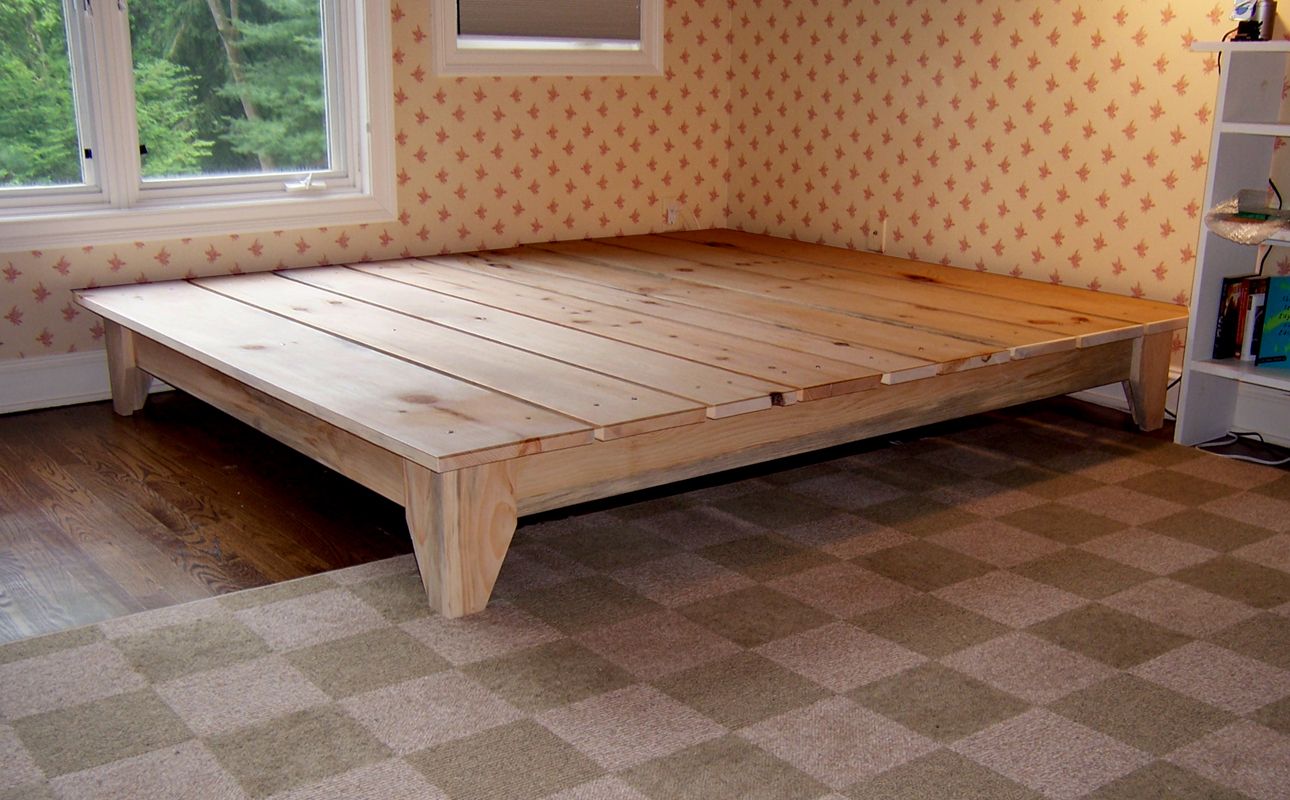
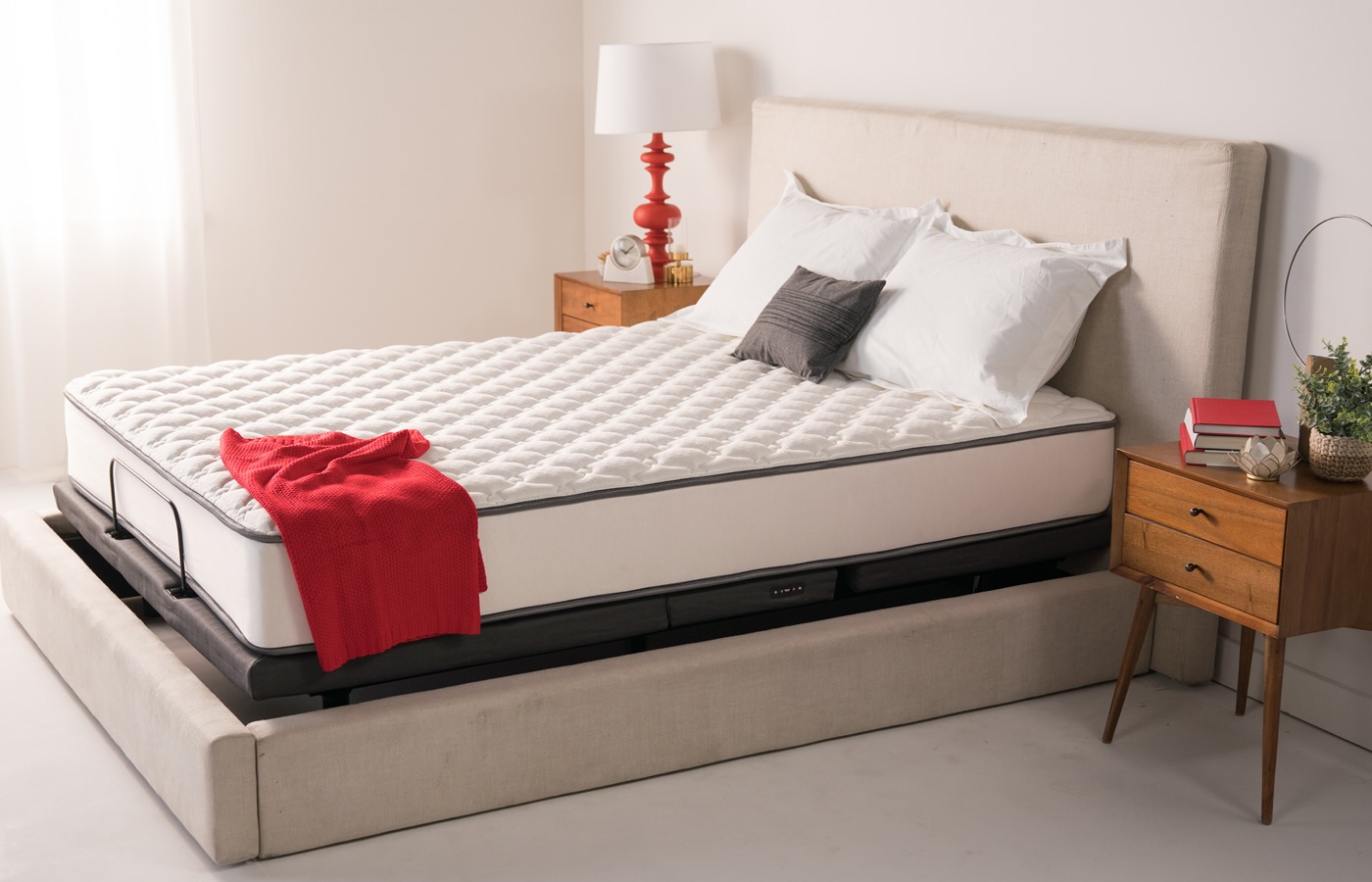
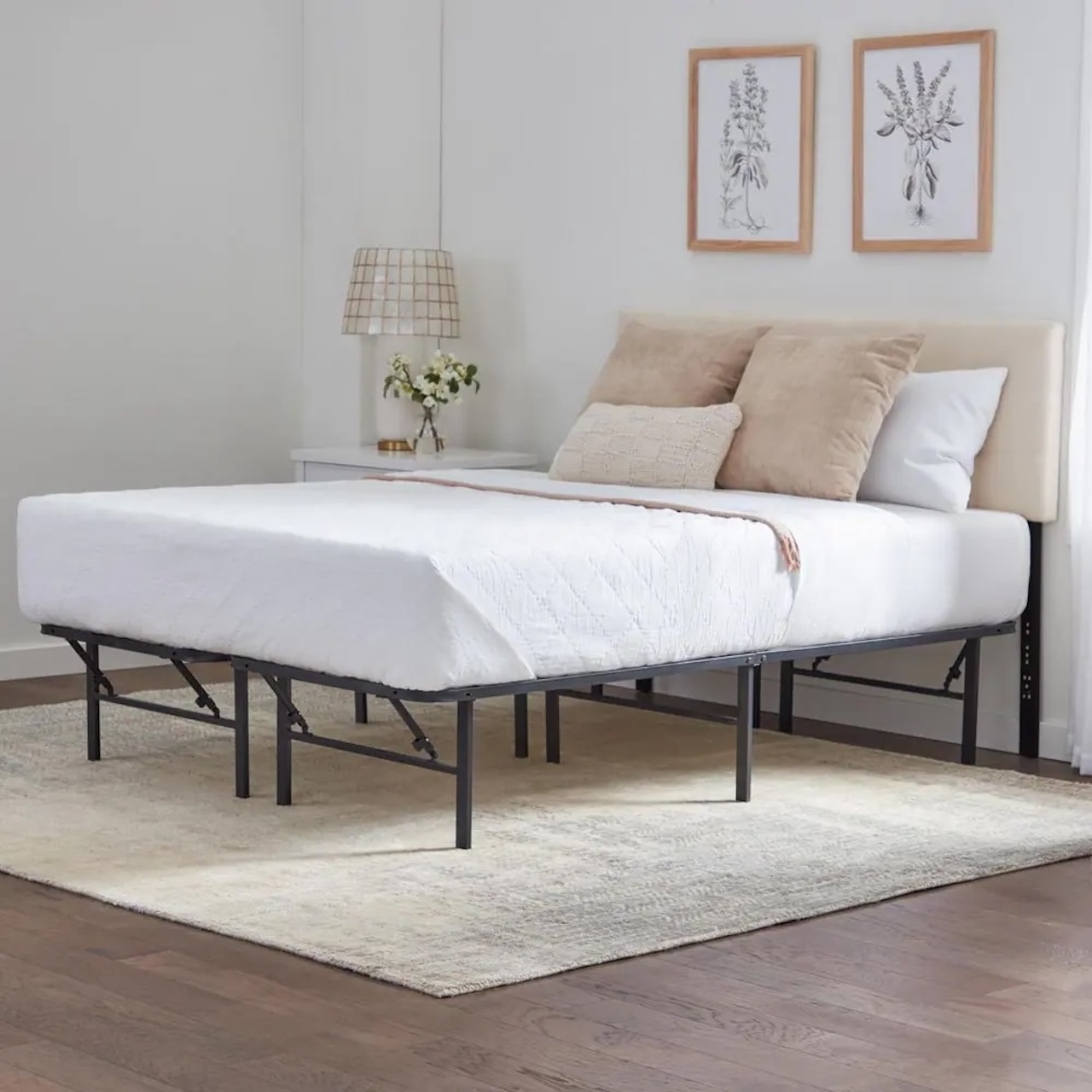
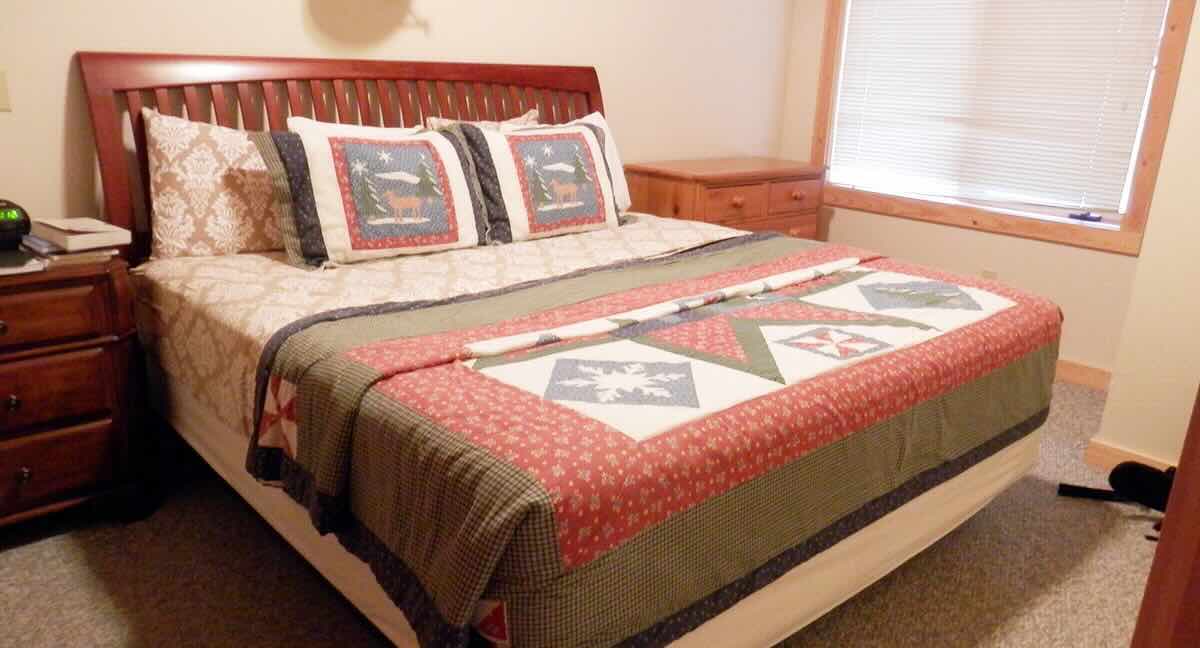
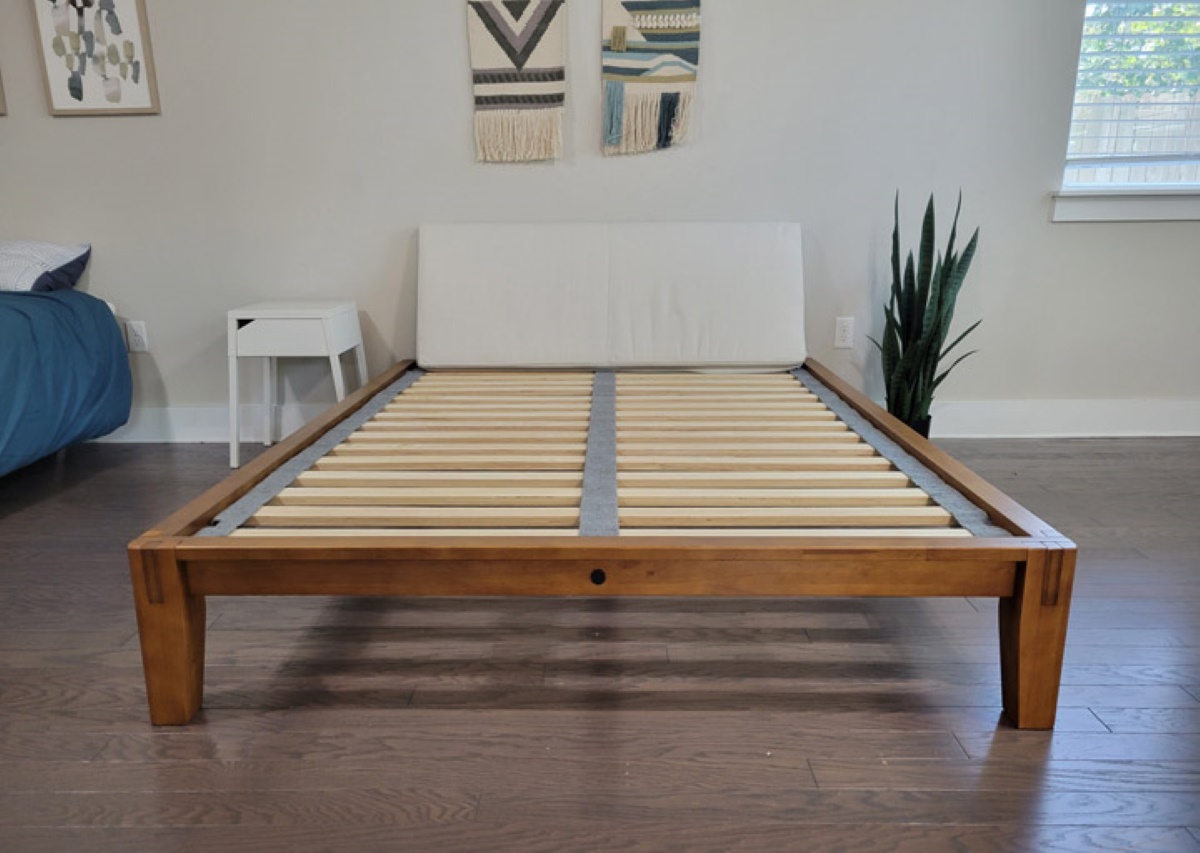
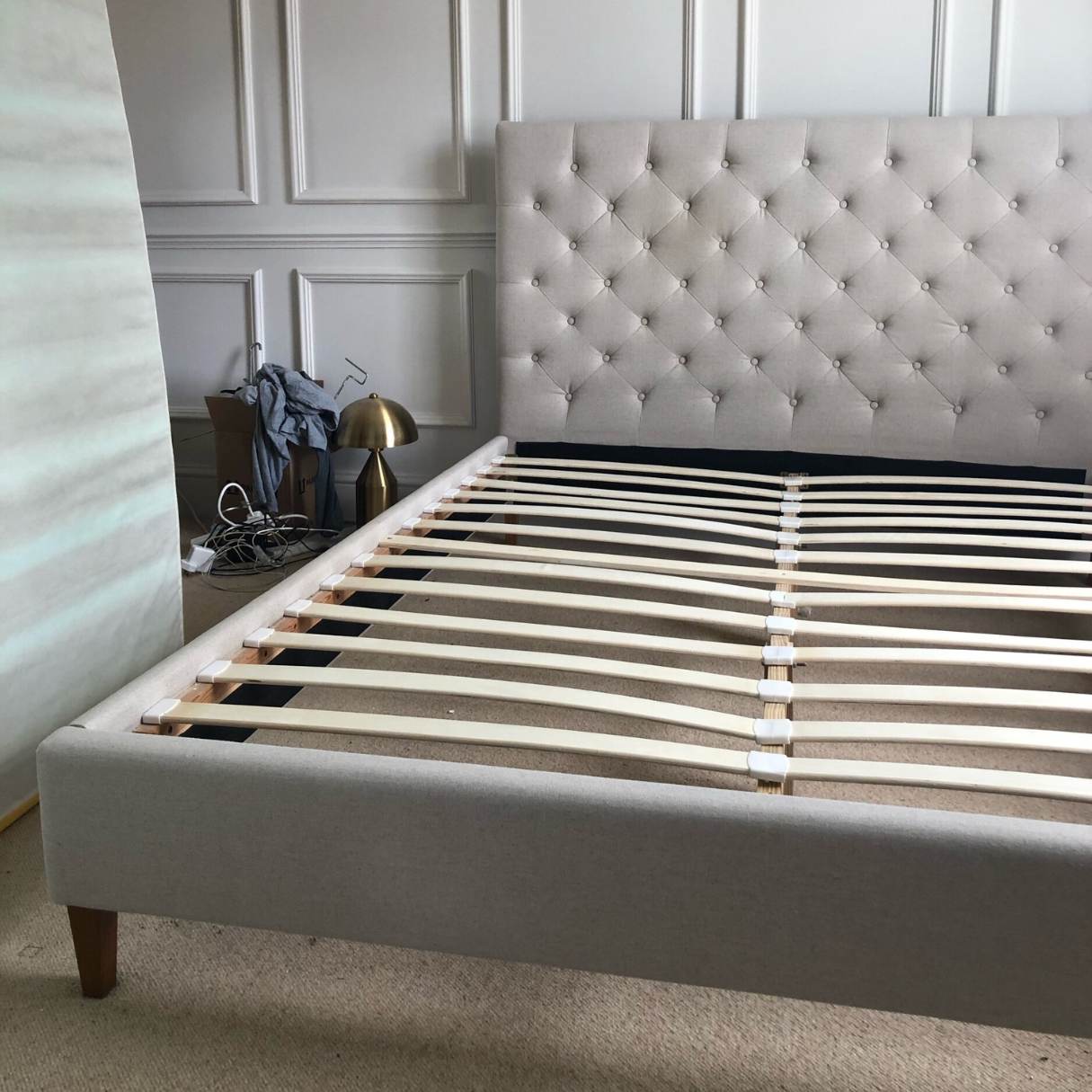

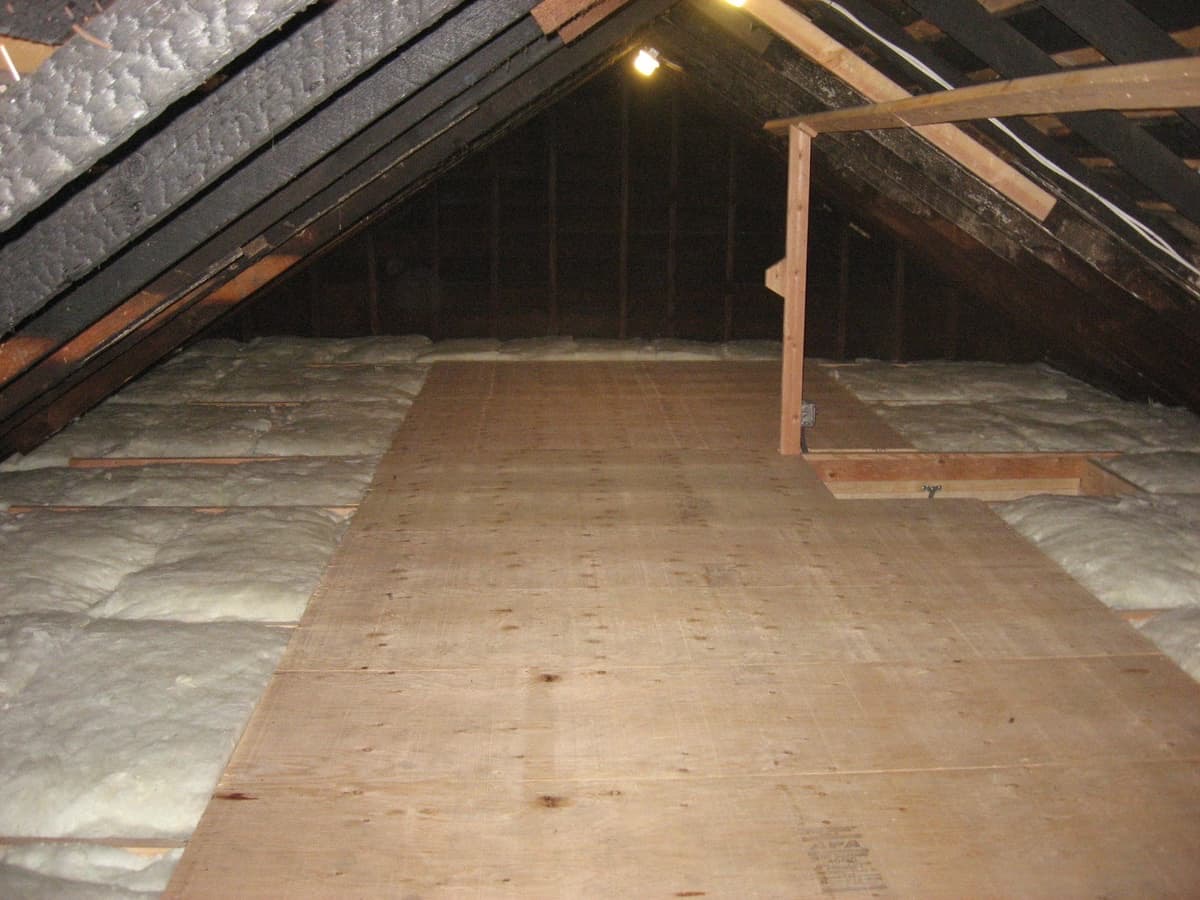
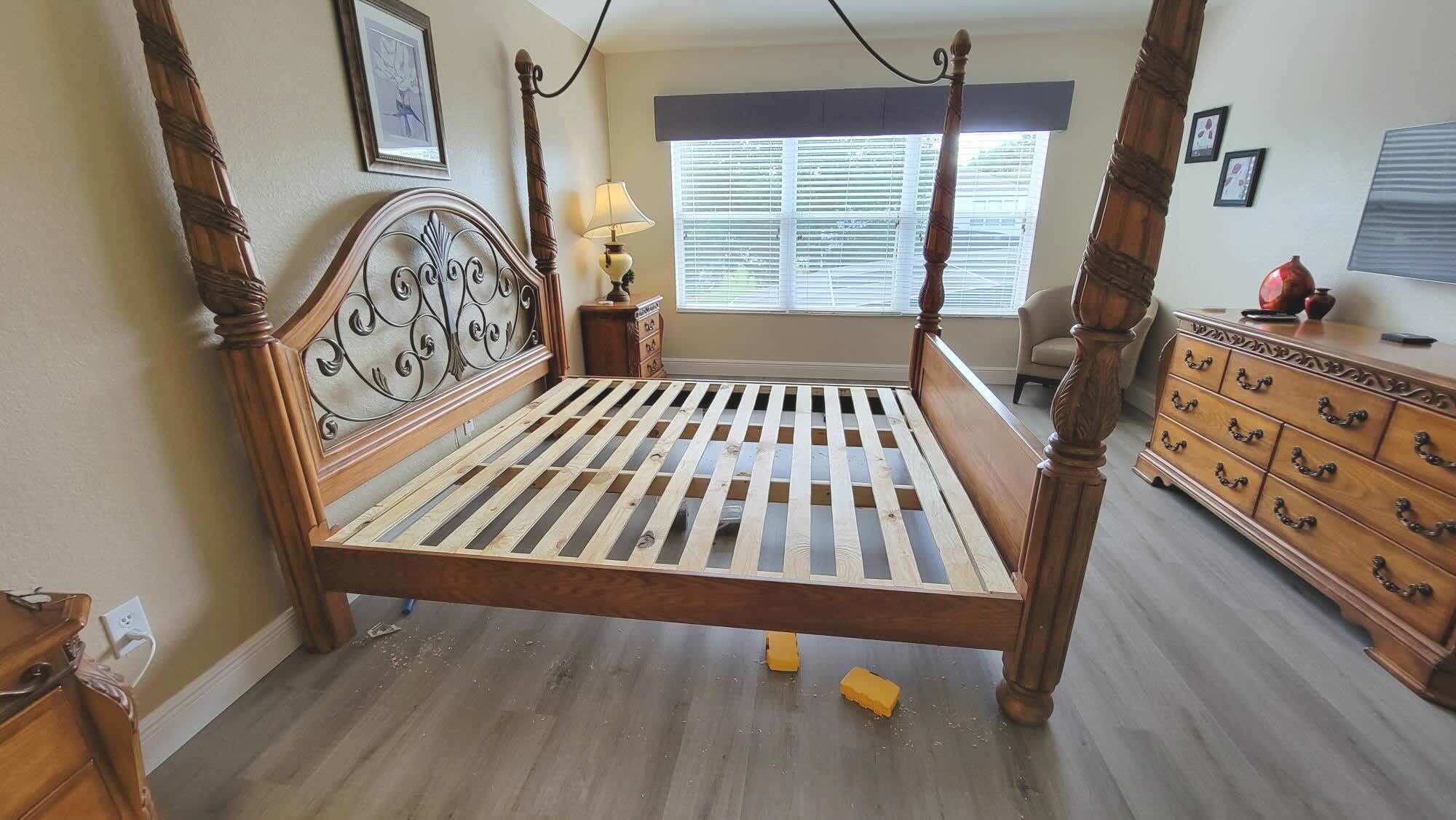
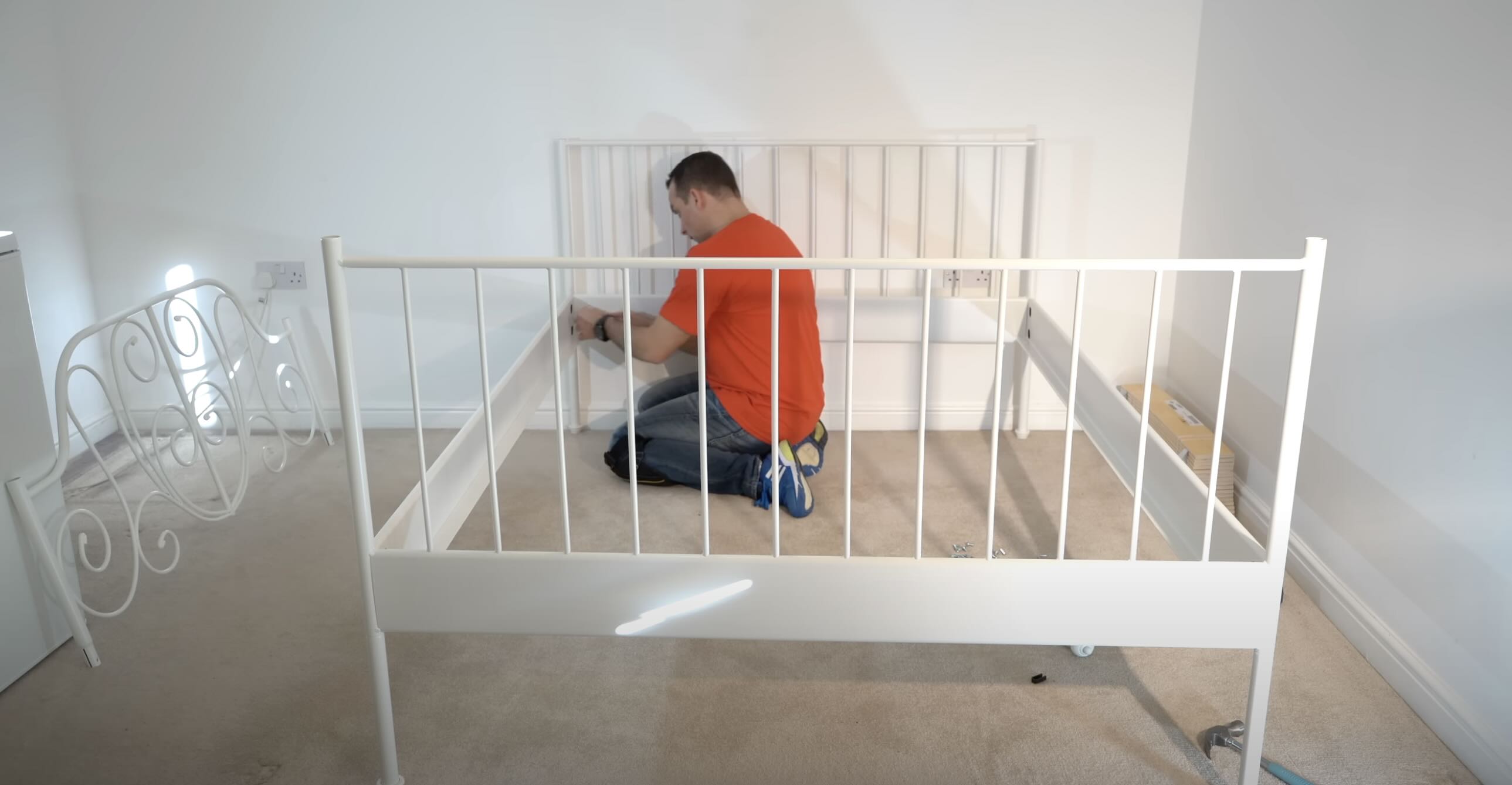
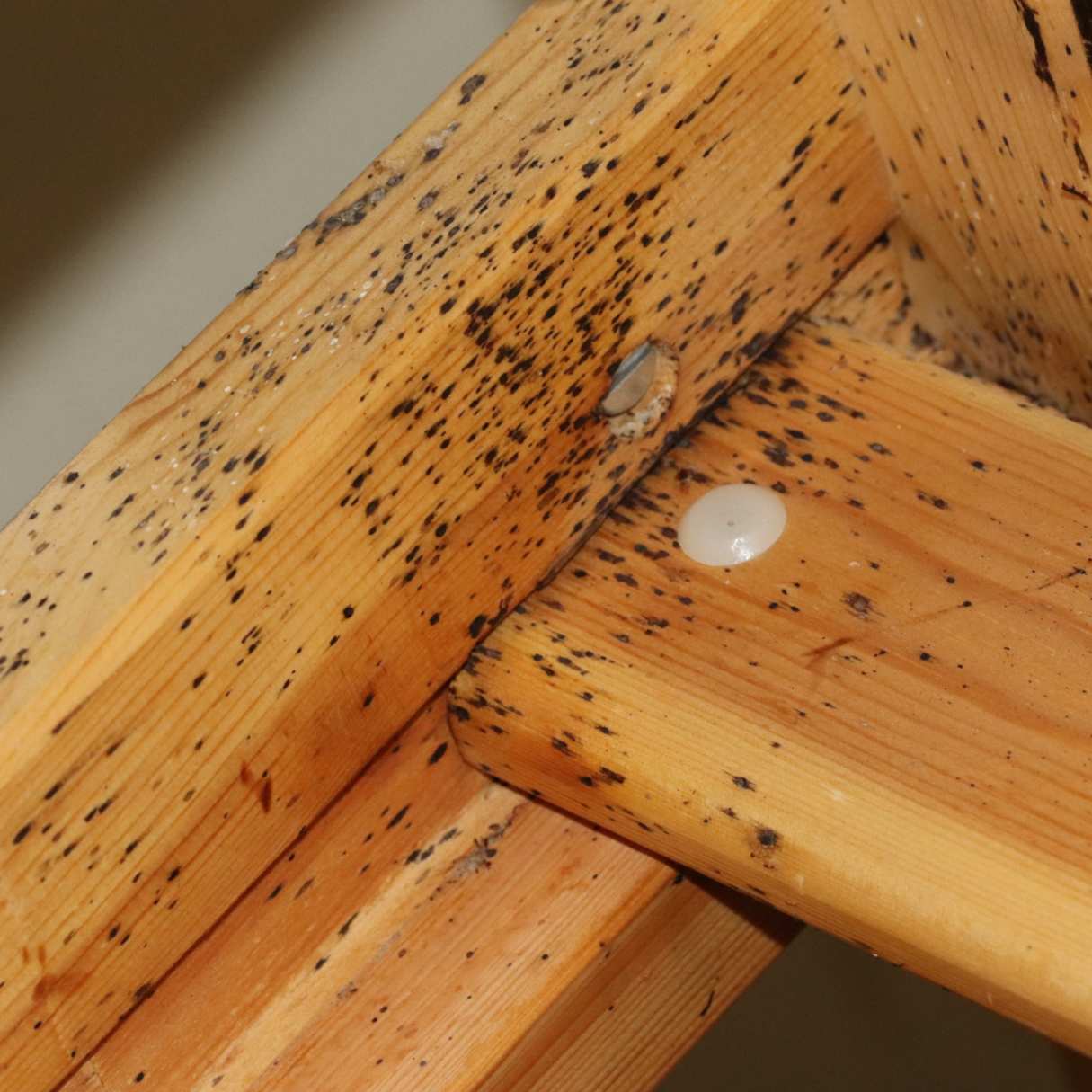
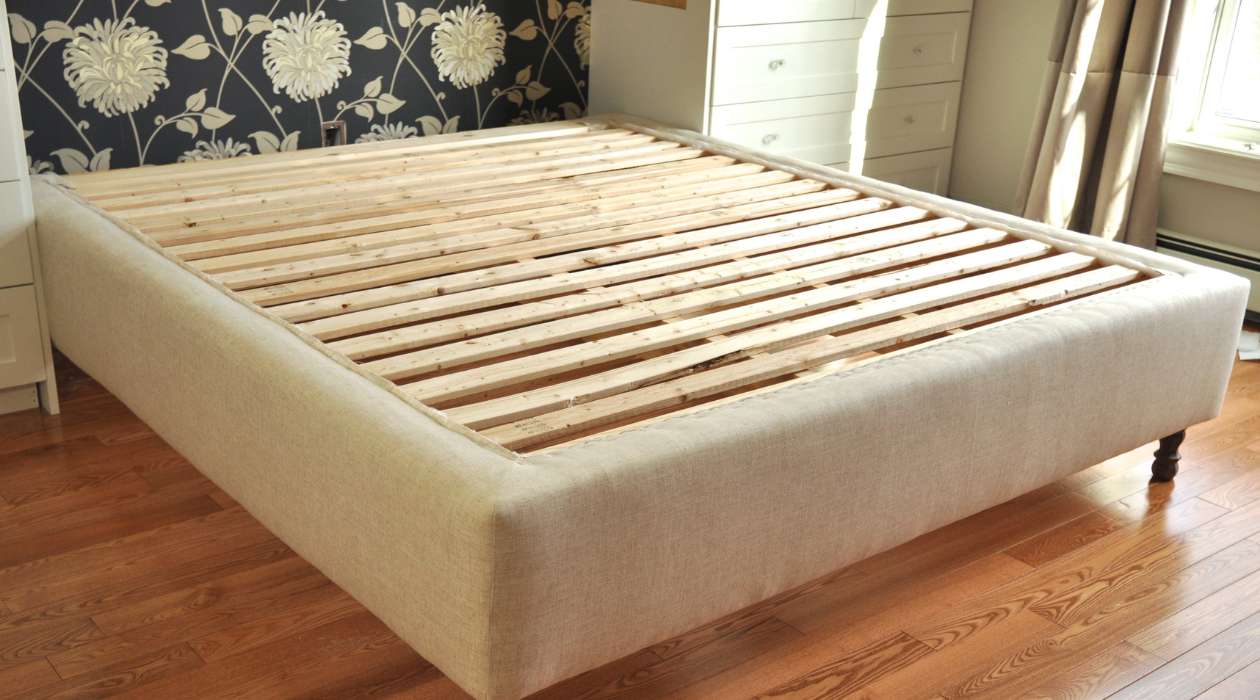

0 thoughts on “How To Strengthen A Bed Frame”